As they approach a monastery, the first thing visitors will notice is that construction-wise, monasteries on Mt. Athos resemble large castles, fortified medieval citadels. An imposing and very tall wall, further fortified with turrets, loopholes, holes for defending the grounds by pouring hot water or oil against invaders, as well as a great and imposing tower at the highest or weakest spot of the monastery. The reason dictating such edifices was the monks’ need to defend against their many and various enemies, who aspired to conquer and look Mount Athos over the centuries (pirates, the Franks, the Catalans and many others). Roughly in the middle of the wall we find the sole entrance to the monastery with two gates, close to one another. The gates shut with heavy wooden doors lined with long iron blades on the inside and heavy metal plates on their face. In between these two gates there is a small cell, where visitors meet the Gatekeeper. It is his duty to secure the gates after sundown and open them again at sunrise. He also checks the visitors’ permits and leads them to the Guest Quarters (Arhontariki). There the visitors are greeted by the Host Monk (Arhontaris), who offers them water, coffee, tsipouro and a Turkish delight. Later and after the visitors have signed in the Visitors Book, the Host Monk’s assistant will show them to their rooms to rest. In the afternoon (round four o’clock) the visitors assemble in the great courtyard, where the Catholicon is situated. This is the central church in every monastery and usually its place is at the center of the courtyard. Next to it we find the Phial, the edifice used for the performance of the blessing of the waters. Around the Catholicon there are several chapels, other buildings and many trees. The bell towers are also next to the Catholicon in the courtyard, and on their ropes hang bells of various shapes and sizes. Upon entering the Catholicon to attend the service of Vespers, visitors note that there is a climbing staircase across the church, a staircase beginning in one area and ending in another, going from chapel to chapel, from the icon-screen and the frescoes to the main church, the Holy Bema (Sanctuary) and culminating in the extension of the soul on the dome, from where our Almighty Lord Jesus oversees the World. Immediately after Vesper the bell chimes for everybody to go to the Refectory (Trapeza) for it is time to eat. The Refectory may accommodate many people, for it is usually a large, spacious space, opposite the Catholicon. The first to enter is the Abbot, followed by the monks and, last, the visitors. As a matter of principle, food on Mt. Athos is plain and frugal, marked by the complete absence of meat and usually consisting of legume, pasta, vegetables, olives, sometimes oil, fish and fruits. They serve excellent traditional bread, while their home-made wine is simply exquisite. About halfway along the left side of the table there is a pulpit from where the Reader reads various excerpts and preachments during meals. After dinner, visitors return to the Catholicon. They are there greeted by the Sacristan (Vimataris) who takes out the Holy Relics from the monastery’s archive and places them on the Bema for the people to bow before them. The rest of the day is free and this is, most probably, the most important moments, where visitors wonder around the courtyard, rest or find and talk to the monks, listen to their views, while the monks with patience and kindness offer their experiences, their advice, but, more importantly, give their blessings. In the early hours of the morning (around 4:00) visitors go to the Catholicon again to attend the Matins and the mass. They then have an early breakfast (around 8:00am) and leave the monastery to continue their journey.
-
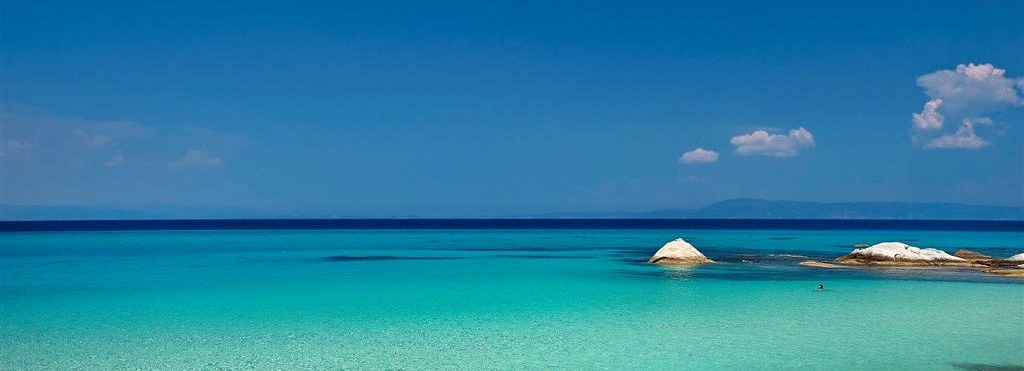
Panhellenic Federation of Holiday Rooms and Apartments in Halkidiki 'Aristoteles'
-
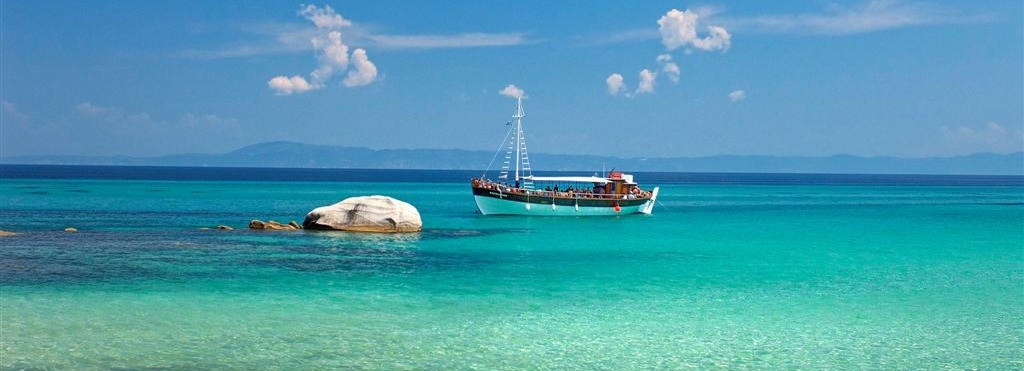
Halkidiki - Rooms, Studios, Apartments
-
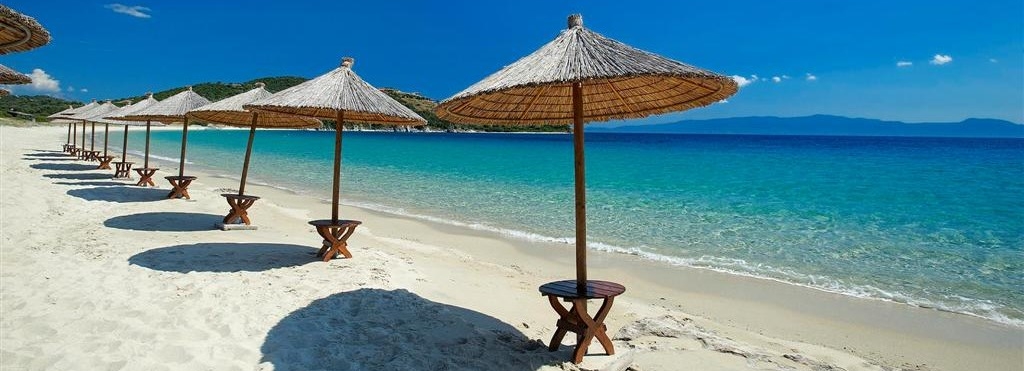
Get inside your Dreams
-
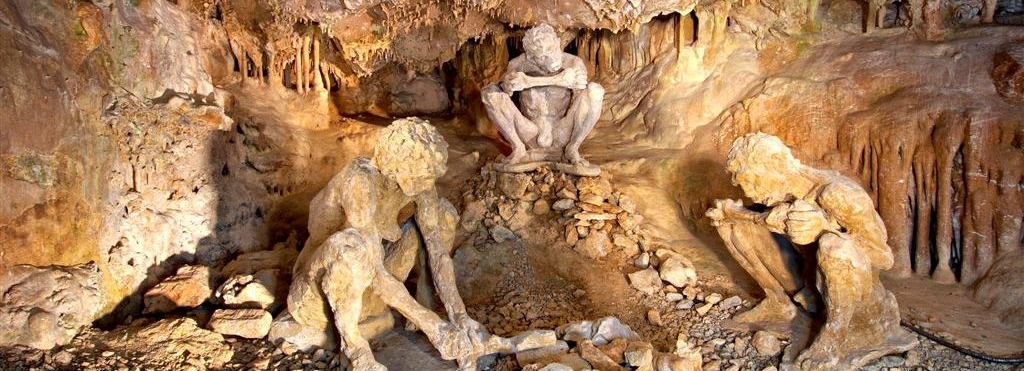
-
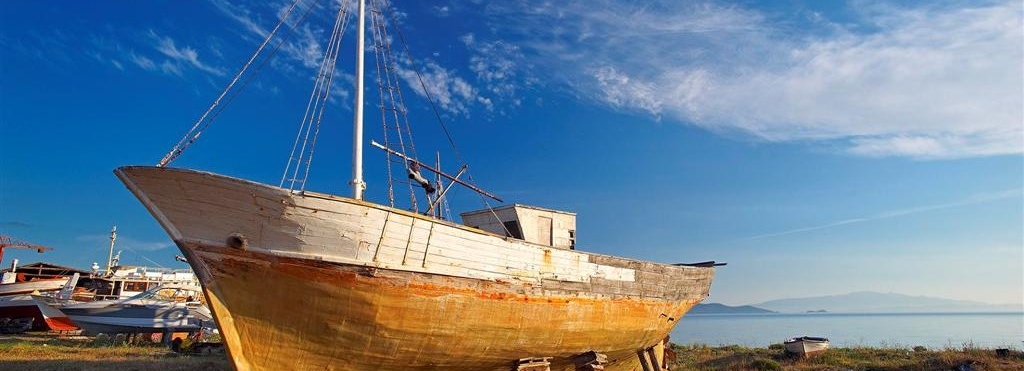
-
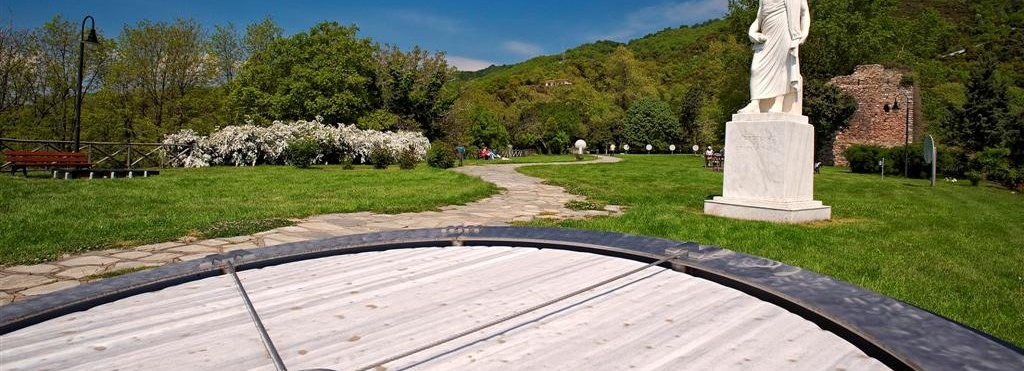
›
‹
- 1
- 2
- 3
- 4
- 5
- 6

